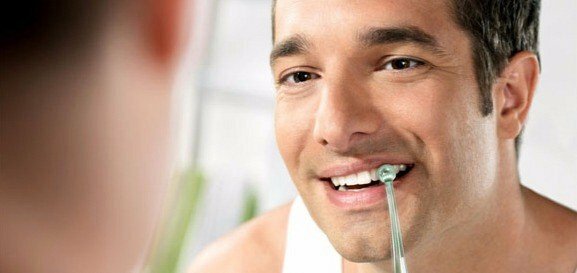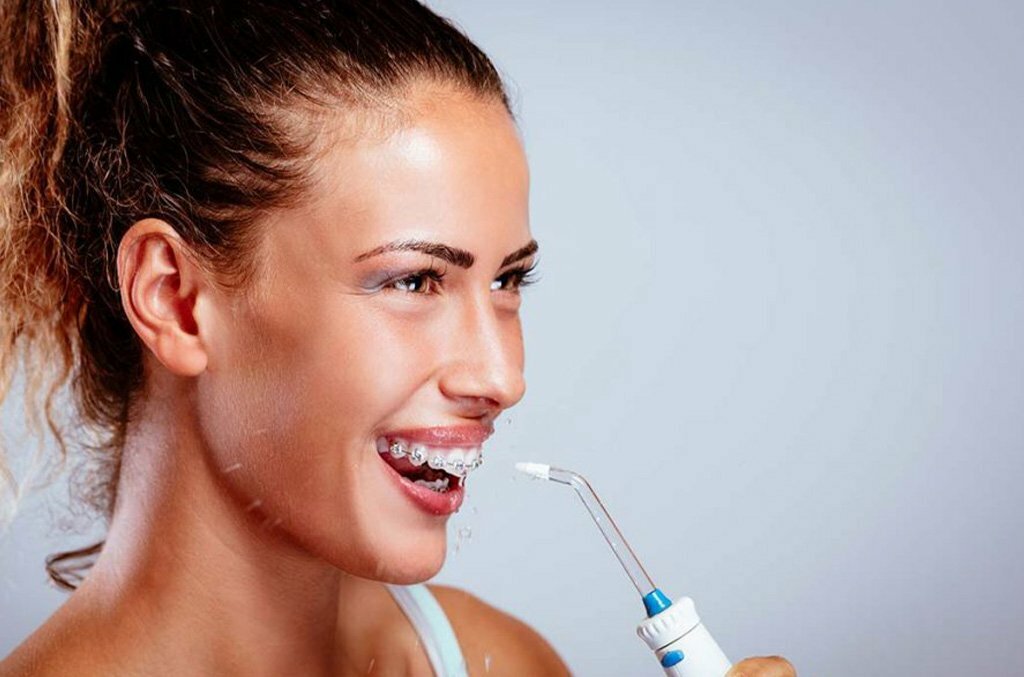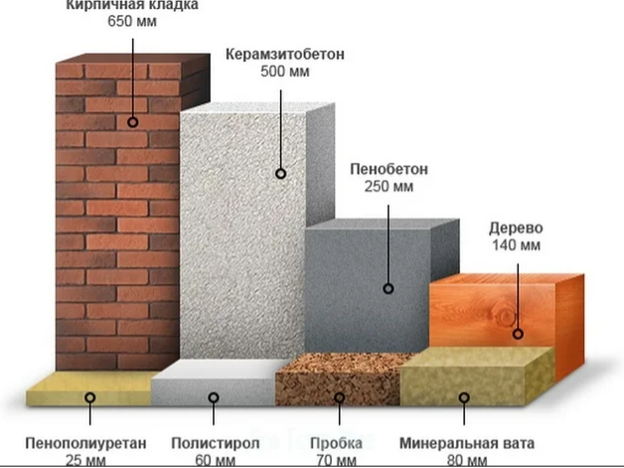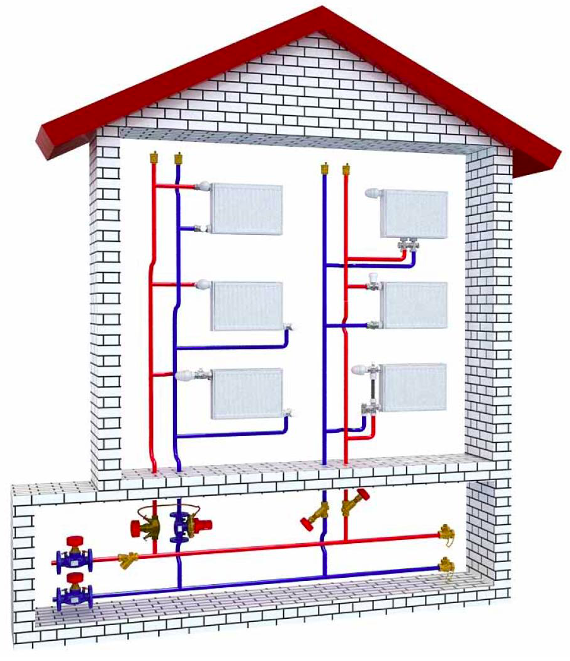
prom.ua
Do you want or have already purchased an oral irrigator, but do not know how to use it correctly? Then read on - what is an irrigator, is it worth using it, will an irrigator replace a toothbrush, how the irrigator works, features of brushing teeth with braces with an irrigator, what liquids can be poured into irrigator.
Why is it worth using an irrigator, will it replace a toothbrush. First you need to ask yourself why brush your teeth at all? For example, animals do not clean, and they are doing well. So why do people brush their teeth? Basically to get rid of bits of food that are stuck in the teeth. Otherwise, they will begin to rot and corrode the teeth. Also, brushing your teeth is needed to get rid of plaque (a layer of bacteria and microorganisms that can be harmful to the body) and bad breath. Brushing your teeth is a preventive measure that slows down or eliminates the manifestation of serious problems.
How does caries appear? When you talk about problems with your teeth, you immediately think about caries. But how does he appear? Sugar gets stuck in the teeth, where it starts to rot and eat away at the tooth.
Why don't animals get cavities? In animals, it also happens, but extremely rarely. It's about their food and ours. Over the past few centuries, our food has changed a lot. The content of some elements has increased several times. Among these elements are vitamins, proteins, fats and sugar. Due to the fact that animals eat organic foods with a low sugar content, they do not have any special problems with their teeth.
Why do they brush their teeth. From antiquity to the end of the Middle Ages, teeth were cleaned with anything - a rag, a straw, a wooden stick with bristles. The latter was most effective as the bristles penetrated deeper into the crevices between the teeth. After that, they began to make special devices for brushing teeth based on sticks with bristles. The result of this was the modern toothbrush.
Not so long ago, a device was invented that penetrates even better into the gaps between the teeth - an irrigator. It delivers a jet of fluid under pressure. Such a device, in combination with a brush, removes the maximum number of pieces of food and dirt from the mouth.
Dentists do not recommend replacing a toothbrush with an irrigator. The device gets into the deepest cracks, but does not wash away plaque from the enamel of the teeth. If you're worried about your teeth, then get an irrigator and regularly use it and a toothbrush. Their constant use as a preventive measure will save money that would be spent on the treatment of teeth and gums.
What is an irrigator and what is its principle of operation. An irrigator is a device for cleaning teeth that removes plaque from the surface of the teeth, cleans the gaps in the interdental space by supplying a jet of water or a specialized liquid under pressure to them.

prom.ua
The irrigator looks different: there are large stationary devices (usually found in dentistry), there are medium-sized home devices (boxes with a container, there is a power cord, a hose to the handle with working head, reminiscent of a soldering iron / torch) and small mobile ones (similar to an electric toothbrush, they have a small water tank, they are powered by batteries, there are no wires).
Principle of operation: the motor is powered by a battery / battery or from an outlet, it pumps water from a tank or a special means, delivers it through a hose that connects the main structure to the handle, a jet comes out of the working head of the handle liquids. The pressure with which the jet comes out can be adjusted.
How to properly use an oral irrigator. Step-by-step instructions for using the irrigator:
- First connect the device to the power supply if it is a stationary model.
- Fill the container with water or special liquid
- Choose the right pressure. To do this, insert the working head of the device into your mouth, it should not fit snugly against your teeth or gums, and slowly increase the power from the minimum.
- Bend over the sink to avoid splashing water and turn on the device. The unit should be kept a short distance from the teeth/gums.
- Move the pen along the gum line from one tooth to another, touching all the interdental gaps. Each tooth should be brushed on one side for 2 seconds. The total brushing time is approximately 1.5-2 minutes.
- Spit the water accumulated in the mouth into the sink, drain the unnecessary water there after the procedure.
- Turn off, rinse and dry the irrigator.
Features of using an irrigator with braces. Firstly, you first need to clean the braces and always from the end - from the back teeth. Slowly move along the structure, stopping at each lock. Next, brush your teeth according to the instructions, as without braces.
How to hold and what can be poured into the irrigator. By the handle you can hold the device as you like. And for maximum efficiency, hold the working head in your mouth so that the jet is at right angles to your teeth/gums. At the same time, be above the sink, so splashes and excess liquid will drain immediately into the sewer. At first it will seem difficult and there will be a lot of splashes, but with practice it will become easier.
You can pour into the irrigator:
- Water. Filtered or tap water is fine. The latter will need to be boiled and cooled before use.
- Rinse, balms and other medical products.
- Disinfecting and deodorizing liquids for the oral cavity.
You can not pour chlorhexidine in its pure form.


